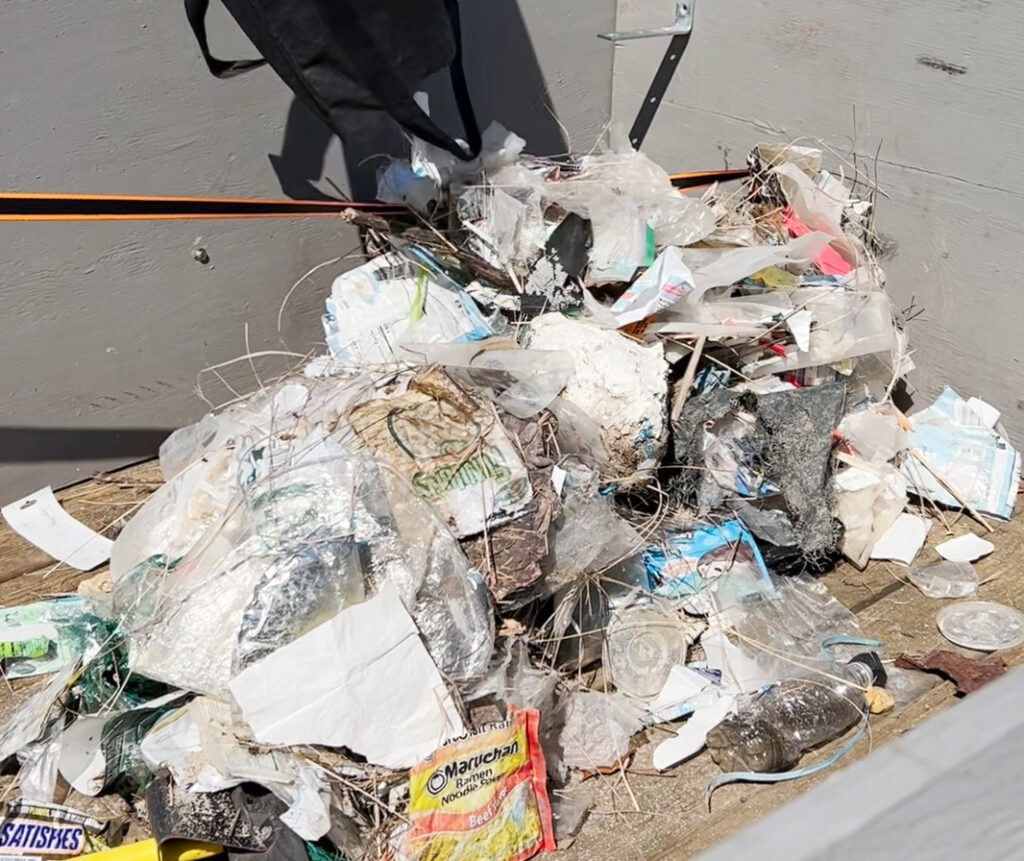‘Fly car’ expansion provides boost to North Fork fire departments, EMTs

Scott Falley was just 16 when he first applied to join his local fire department. He was too young, so they told him to come back in two years.
By then, however, he was already busy, working non-stop and beginning a career as a mechanic.
He was employed by Hendrickson Fire Rescue Equipment, which was then based in Huntington, and was surrounded by fire trucks. He got the urge once again to join the fire department.
He realized that while the firefighting aspect is critical, much of the department’s day-to-day duties involve calls for emergency medical services.
So he took an EMT class, which led him on a journey from mechanic to paramedic with Stony Brook Medicine.
Today, Mr. Falley has nearly 17 years’ experience as a paramedic. He’s responded to countless calls across the North Fork in the Stony Brook University first-responder car stationed at Greenport Fire Department. He’s one of several paramedics who work in the program to assist volunteers in all the North Fork departments.
Last month, Mr. Falley was honored as the Paramedic of the Year at the Greenport Fire Department’s installation dinner.
“It’s a nice honor,” he said. “It’s not something that’s normally done with paid staff because it’s usually reserved for volunteers. Especially being that we’re an outside agency, it was really a nice honor.”
Mr. Falley typically spends three days a week manning the “fly car,” working a 12-hour shift. He’s been an integral part of the program since it was launched in early 2016 as a way to assist local EMTs responding to calls across the North Fork. This year, the program has expanded to include an overnight car based out of Greenport so a paramedic is available to respond 24/7. A second car, typically based in Cutchogue to cover the western portion of the town, still operates during daytime hours from 6 a.m. to 6 p.m.
From Jan. 1 to Aug. 31 of this year, the Stony Brook first responders answered a total of 1,058 calls. That number will eventually surpass the 2020 total of 1,137, which is likely due to the expansion of the program, according to Eric Niegelberg, associate director of operations for emergency services and internal medicine at Stony Brook who oversees the program.
About a year ago, Mr. Niegelberg said, the local departments asked if the program could expand to include a 24/7 car.
“We started that 24-hour-a-day operation on Feb. 22 of this year,” he said. “One of the things that we needed to be able to do was have a home for the person and the vehicle.”
In a busy urban environment, the crew would typically stay in the vehicle during their shift to quickly respond, he said. But in a more rural area like the North Fork, where calls could be sparse for long stretches, it’s not as practical.
“Greenport was kind enough to host us there so the vehicle is physically located inside at the Greenport Fire Department,” he said.
Jim Kalin, first assistant chief of the Greenport Fire Department, recalled attending a neighboring fire district meeting when the discussion arose about where the paramedic car could be located.
“My hand shot up,” he said.
The department spruced up a room that the paramedics can use during downtime with a reclining chair and television.
“We call it their paramedic lounge,” he said.
Having a permanent home in Greenport eliminated the time that the paramedics previously spent driving the car back to Riverhead, where it would be parked overnight. That left gaps in coverage during shift changes.
Mr. Kalin said Greenport is the busiest department on the North Fork and uses the “fly car” the most. He described the department’s response to the program in three words: “We love it.”
He said Stony Brook provided the funding to expand the program to 24/7, so the service comes at no cost to taxpayers. When the program launched, the “fly cars” were stationed only on weekdays.
Paramedics like Mr. Falley have more advanced training than emergency medical technicians. That allows them to bring advanced life support along to every call, which is vital in instances such as a stroke or cardiac arrest. Mr. Falley said they also travel with more medications that they can administer even in cases that may not be life-threatening.
“With the exception of the bed, that’s basically a mobile emergency room,” Mr. Falley said of his vehicle. “We carry all the equipment that an ambulance has, from advanced airway to medications, defibrillators, oxygen, splinting equipment if somebody breaks a leg or arm.”
Mr. Niegelberg said it’s become more challenging for local departments to maintain staffing of EMTs as certification become more stringent and departments face overall shortages of volunteers. And oftentimes, volunteers are working regular jobs when calls come in, so they must respond to the fire department first before going to the call.
“I think through the course of time we’ve developed fantastic relationships with the six surrounding departments,” Mr. Falley said. “There’s a lot of good, solid people that are out here doing their best. And it’s all volunteer.”
Greenport, for example, has about 12 active EMTs who are available to respond to calls, Mr. Kalin said.
On some calls, Mr. Falley and the other paramedics may respond and the situation may not call for advanced life support and the volunteer EMTs have it under control. On calls requiring greater care, he may ride in the ambulance with the patient to continue providing care until arriving at a hospital.
“The one thing that’s nice is I get to make a difference in people’s lives every day,” he said.








